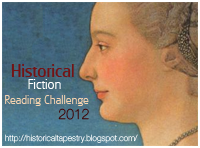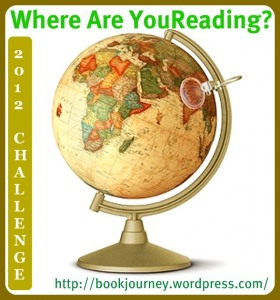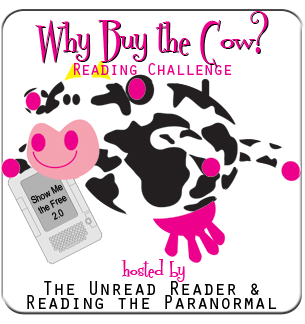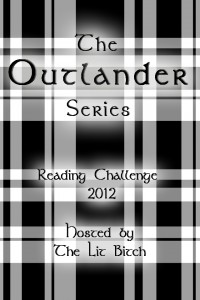[amazon_image id=”0062024027″ link=”true” target=”_blank” size=”medium” class=”alignleft”]Divergent[/amazon_image]Veronica Roth’s novel [amazon_link id=”0062024027″ target=”_blank” ]Divergent[/amazon_link] is the story of Beatrice Prior, who lives in a future dystopic Chicago. After a cataclysmic war that Beatrice, the first-person narrator of the story, doesn’t know much about, Chicago divided into five factions: Abnegation, who believe that the cause of war is selfishness and seek to be as selfless as possible; Dauntless, who believe the cause of war is cowardice and seek to be as brave as possible; Erudite, who believe the cause of war is ignorance and seek knowledge; Candor, who believe the cause of war is deception and seek to be as honest as possible; and Amity, who believe the cause of war is unkindness and seek to be as kind as possible. At the age of sixteen, each member of this society takes an aptitude test that partly determines which faction they will join. Some people are best suited for the faction into which they are born, but those who are not leave their families behind because in this society, faction comes before family. Beatrice has always felt out of place in Abnegation. She doesn’t feel selfless enough. When she takes her aptitude test, the results are inconclusive, and her test administrator explains that she is something called “Divergent,” which is a very dangerous thing to be, though Beatrice doesn’t know why. All she knows is that she must keep her test results quiet. The day after the aptitude test, Beatrice must choose which faction she will join, and she shocks everyone by choosing Dauntless.
After joining Dauntless, Tris, as she is known, undergoes a tough initiation that hardens her mentally and physically and prepares her for her role in the faction that protects the society. Even in this competitive environment, she manages to make friends and develops an attraction to Four, her instructor. As she becomes more deeply involved in her initiation, she discovers something is not right about her society, which is perhaps not as invested in peace as she has grown up believing.
Fans of Suzanne Collins’s [amazon_link id=”0545265355″ target=”_blank” ]Hunger Games[/amazon_link] series will find much to like in Divergent, the first book of a planned trilogy. Tris is a tough-as-nails heroine not too different from Katniss, though with perhaps a little less confidence. Four is an interesting counterpart and love interest, too (more interesting than Peeta or Gale, in my opinion). The craziness of the Dauntless initiation will remind some of the Hunger Games, and certainly the dystopic future set in a world where people divided based on some arbitrary factor will look familiar, but the factions are more interesting than the districts of Panem. Your station in life in Panem depends so much on which district you are born into, and it seems fairly difficult to change your stars in Collins’s series, but choices determine everything about who you are in Roth’s dystopic Chicago, which I liked because it puts more responsibility into the hands of everyone. Rather than a ruthless Capitol victimizing everyone, Roth writes about a society in which everyone is responsible, to some degree, for the way things are, and are also ignorant of some facets of the society. I haven’t seen a lot of people compare this novel to [amazon_link id=”0547424779″ target=”_blank” ]The Giver[/amazon_link], but I thought of that book often as I read. In Lois Lowry’s novel, the society seems perfect, but Jonas discovers that they systematically execute those who are weak or ill or old. Feelings are suppressed. No one can see color. The weight of discovering what his society is drives him to escape, an event which might destroy his society, given that he has been chosen to the the society’s Receiver. I suspect something similar will happen with Tris. I can’t help but feel she’ll upend the whole society. Unlike Katniss, who knows her society is corrupt and unfair, both Jonas and Tris discover the darkness in their society when they both come of age and choose their role or have it chosen for them.
Divergent is a gripping, edge-of-your-seat read. I read it on the bus, which was a mistake because it nearly caused me to miss my stop several times and actually did cause me to miss my stop once. I can’t wait to read the next book in the series, [amazon_link id=”0062024043″ target=”_blank” ]Insurgent[/amazon_link], which is due out in May. The book leaves open several questions that I hope I learn the answers to before the end of the trilogy:
- How did the society get like this? Lake Michigan is nothing more than a marsh. I want to know how that happened.
- What is going on outside of Chicago? Are they the only people in the world, or just cut off from everywhere else?
- If there are other people, do they have factions too, or is that just Chicago? If it’s just Chicago, what the heck is going on there?
I have other questions, but they’re a little spoilery.
I love dystopian novels. So much fun to read, and with the success of The Hunger Games, it looks like we’ve been seeing a lot of them lately.
I was glad I recently visited Chicago as it helped me visualize the scene much better than if I hadn’t, but I suspect Google Images and a good map would be nearly as helpful.
Oh, and I’m totally jealous of Veronica Roth, who wrote this debut novel when she was only 22 and studying creative writing at Northwestern.
Rating:




Other reviews of Divergent:
This one’s been on my TBR pile for a little while and qualifies as the children’s/YA choice for the Mixing it Up Challenge. Actually, it qualifies for sci-fi/fantasy, but I can’t double-dip.










